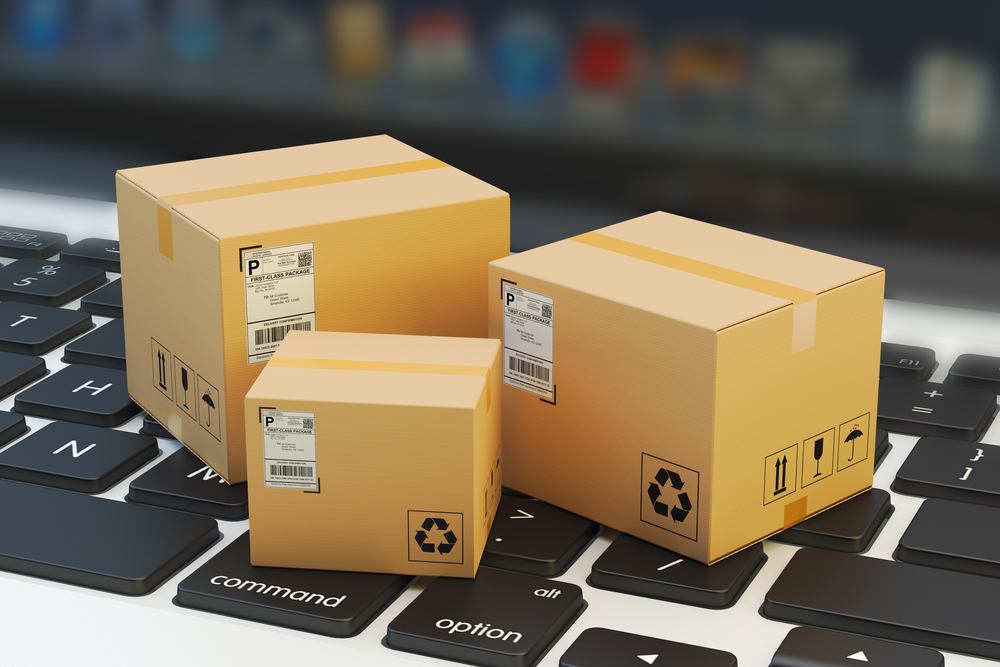By Swati Singh, Segment Development Manager-VI, Avery Dennison
E-commerce in India is booming. The nation’s citizens complete 1.12 million online transactions every day, logging between 55-60 million transactions per month on e-commerce platforms. It is expected to surpass the US to become the second-largest e-commerce market in the world by 2034. With growing internet penetration, internet users in India are expected to increase from 445.96 million in 2017 to 829 million by 2021 and digital transactions are expected to reach US $130billion by 2021.
The coming growth in e-commerce in India is clear. Less obvious are the kinds of products that will be most shipped through e-commerce, and how labels and packaging will evolve in response. As the world’s leading innovator in label materials, we at Avery Dennison work with a number of companies to develop the right solutions for e-commerce—and we’re ready to help you, too.
How COVID-19 is shaping the market:
As fear of the coronavirus drives more consumers to shop online, e-commerce platforms are gaining attention from brands. A number of FMCG companies have started to strengthen their online presence and, in some cases, have developed separate portfolios of products for online channels. These shifts have increased demand for labels that can add value across complex supply chains and help provide security against tampering and counterfeiting.
Category shifts: Electronics is currently the biggest contributor to online retail sales in India, with a share of 47 percent, followed closely by apparel at 31 percent. By 2025, non-electronics categories are expected to take an 80 percent share in online retail sales in India.


Meeting the challenges of inventory-led e-commerce
E-commerce operations generally follow one of two models: the inventory-led model or the fulfillment-centre model. In the inventory-led model, companies handle the whole transaction end-to-end, including product purchase, warehousing, and shipping. In this model, labels are especially critical, because companies must track and trace products across all the twists and turns of the supply chain. Labels are typically applied manually, and must adhere dependably to a wide and unpredictable variety of substrates, including corrugated boxes, high-density polyethylene (HDPE) low-density polyethylene (LDPE), metal, glass, wood, and steel.
Avery Dennison label materials for e-commerce are the product of years of research and input from e-commerce leaders and are engineered to stand up to the rugged and complex environments of warehousing, logistics, and shipping. What’s more, they are the lightest materials available, with no compromise in performance. Consider our Direct Thermal Portfolio, whose thinner, lighter materials include a facestock weighing 60 gsm and a release liner of 50 gsm, compared to competing solutions weighing 70 and 60 gsm, respectively. Thinner materials mean our customers get 18 to 20 percent* more labels per roll, leading to fewer roll changeovers, reduction in waste, and cost-savings in transportation and inventory management.
Avery Dennison e-commerce experts can help provide exactly the right materials for specific applications. The materials are high-quality and consistently dependable, high converting and printing efficiency. The adhesives are developed for specific applications, ensuring optimum adhesion on a wide range of substrates, including boxes with recycled- finish or varnish surfaces.
Avery Dennison e-commerce solutions
For shipping labels: Shipping labels are generated as soon as a customer places an order. Typically, the label size is 4” x 6” and is printed on direct thermal paper. These contain the shipping address/ information and all tracking is expected to have a life of 4 to 6 weeks and they provide excellent adhesion on many kinds of secondary and tertiary packaging materials.
For inventory and tracking labels: These labels are applied on almost every item procured by the company that is selling goods via e-commerce. They are usually removable and used to track the movement of goods internally before shipping, in the warehouse and elsewhere, are most likely printed using direct thermal or thermal transfer printers. These labels should not leave a stain on the substrate when the label is removed before packing and dispatching. And they must stick to a broad range of substrates. Our portfolio of removable labels allows you to use one standard label for virtually any item, with the confidence that they will adhere well when you need them and detach cleanly when you don’t. any item.
For tamper-evident labels: More companies are requiring security labels on bulk packs (also called mother bags). Our customized tamper-evident materials are suited to almost any such application.
 Avery Dennison’s superlative materials, including FSC certified products for a wide variety of applications, offer multiple benefits. The Avery Dennison Liner Recycling Programme reduces the environmental impact of pressure-sensitive labels at our customer’s facilities and those of end-users. Our partnerships with local waste management and recycling companies help deliver cost-neutral, better collection and recycling of glassine liner and matrix waste.
Avery Dennison’s superlative materials, including FSC certified products for a wide variety of applications, offer multiple benefits. The Avery Dennison Liner Recycling Programme reduces the environmental impact of pressure-sensitive labels at our customer’s facilities and those of end-users. Our partnerships with local waste management and recycling companies help deliver cost-neutral, better collection and recycling of glassine liner and matrix waste.
Contact Avery Dennison here
Disclaimer: All Avery Dennison statements, technical information and recommendations are based on tests believed to be reliable but do not constitute a guarantee or a warranty. All claims regarding our adhesive technology mentioned in this article offered through our VI products are based on Avery Dennison’s internal research and internal testing. To ensure that our product meets the requirement of your particular substrate and desired application, relevant tests deemed appropriate are recommended to be conducted.
*Data sources for e-commerce industry category splits and e-commerce growth by KPMG, Morgan Stanley report, IBEF.org
*Numbers indicated basis market understanding and internal benchmarking



